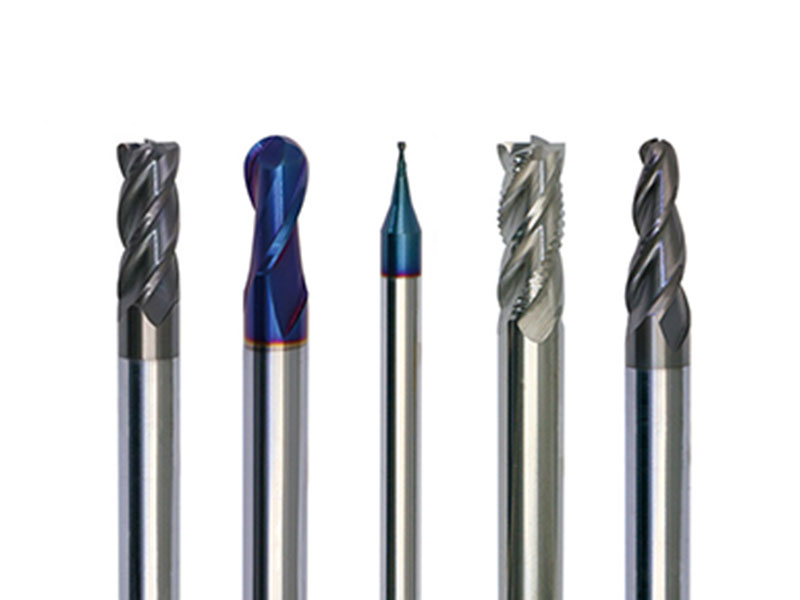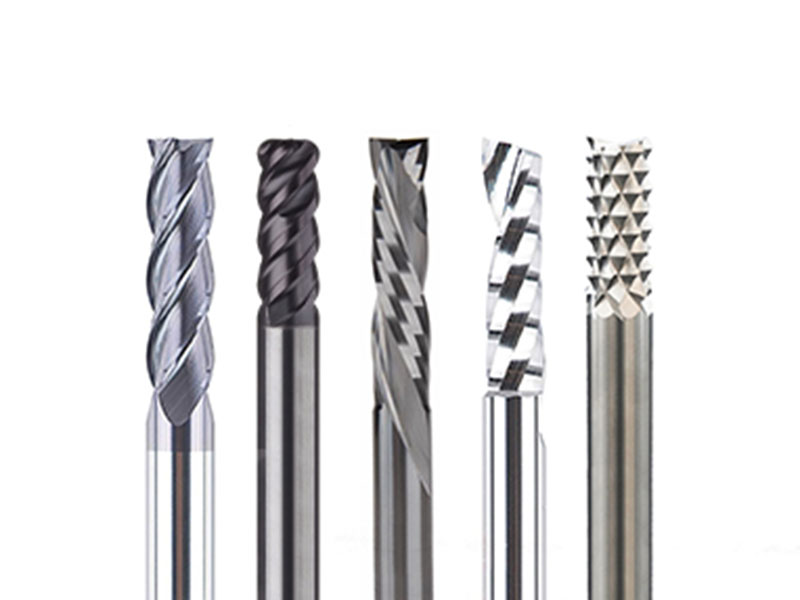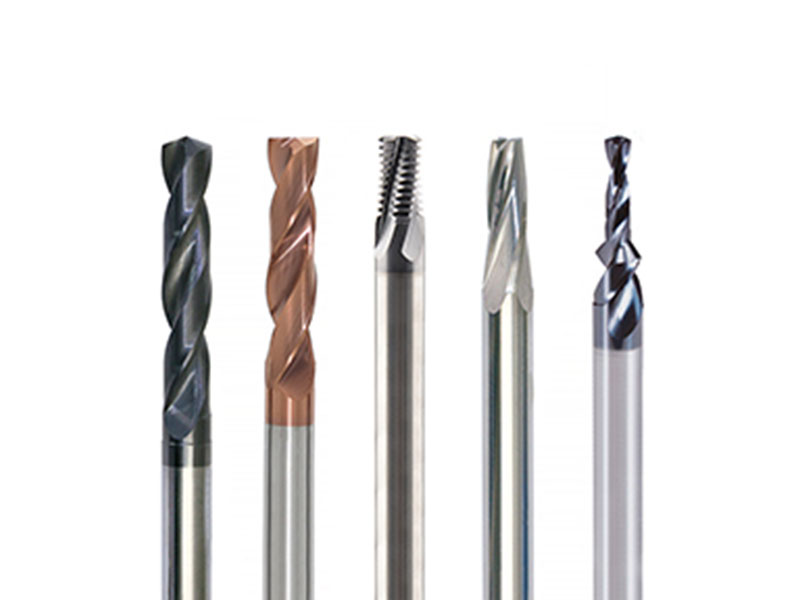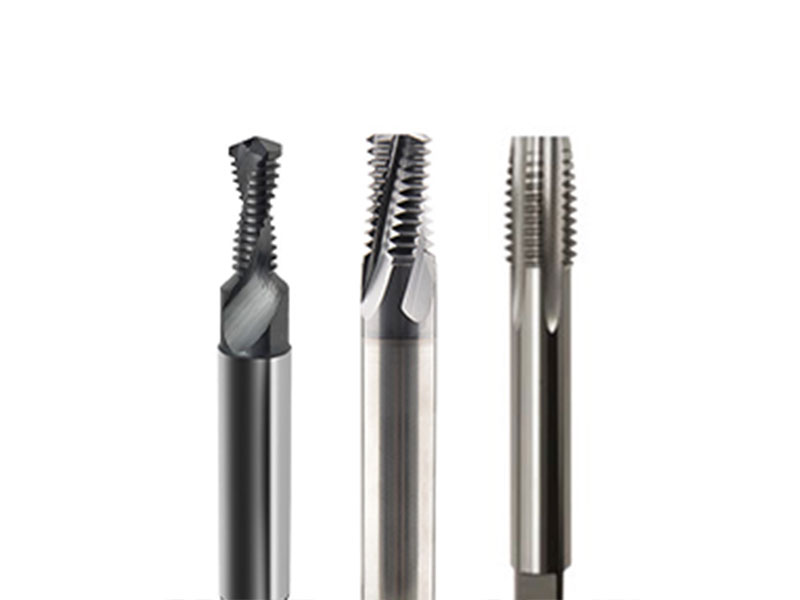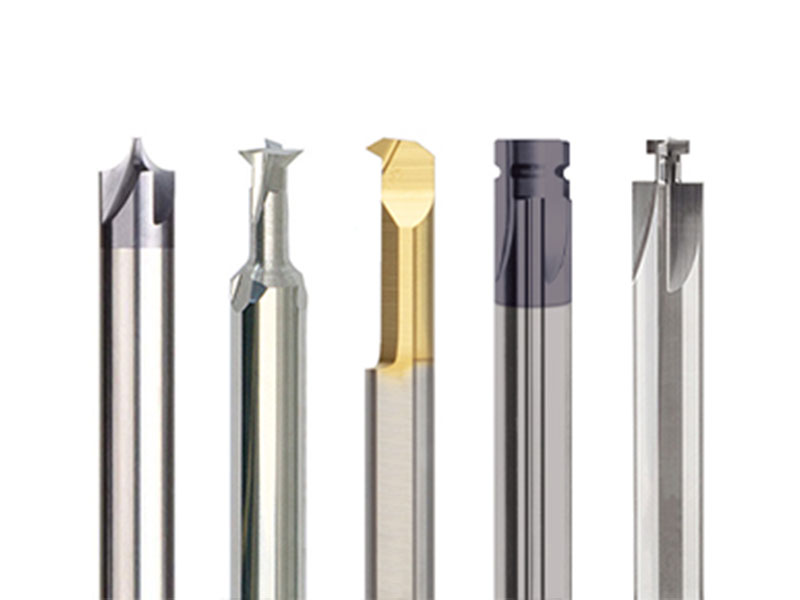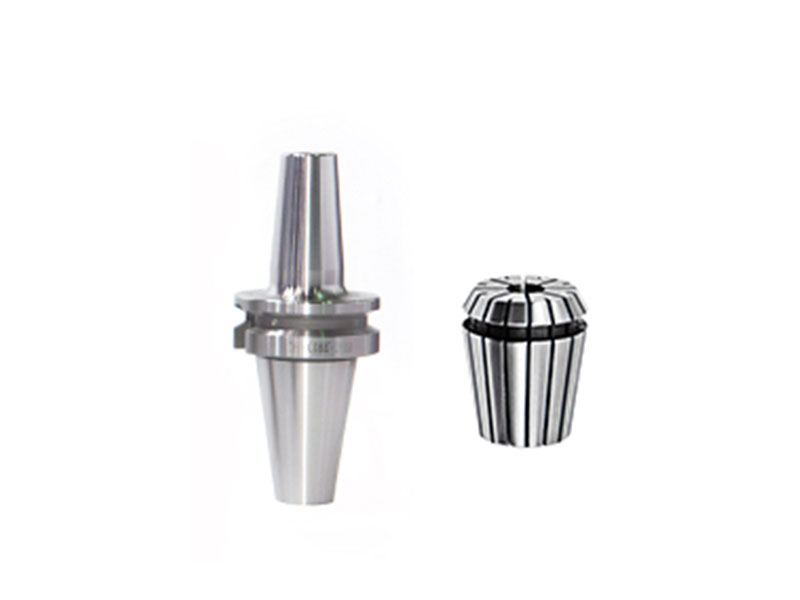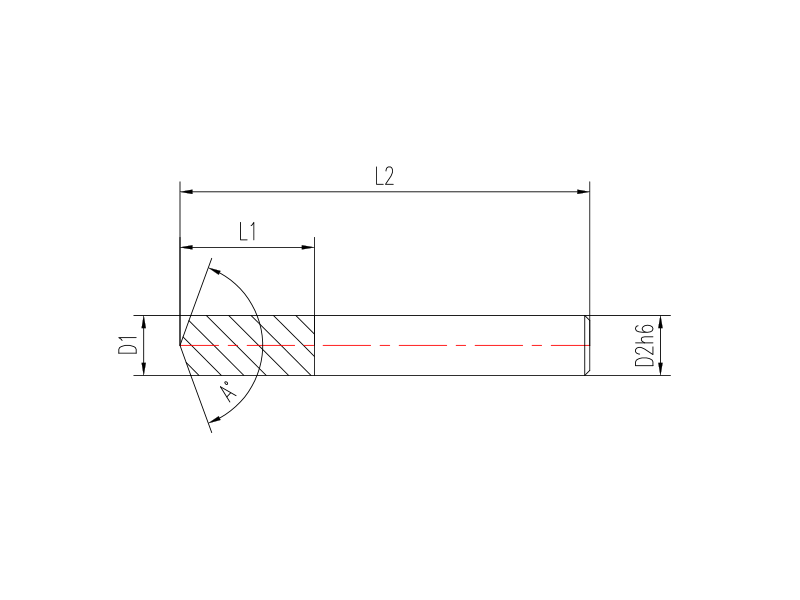Why does carbide twist drill break the knife when machining steel parts!? Actually, the reason is here!
 Jun 23, 2020|
Jun 23, 2020| View:1447
View:1447Why does carbide twist drill break the knife when machining steel parts!? Actually, the reason is here!
Tool material
The quality of the tool depends on the material (substrate), geometry and coating of the tool. Even the best design and coating in the world will not work if the tool base material is not selected properly. The most significant index of substrate quality is grain size. Generally speaking, the tool with smaller grain size is more suitable for high-speed machining. For high speed machining, a grain size of 0.5 μ m or less is recommended.
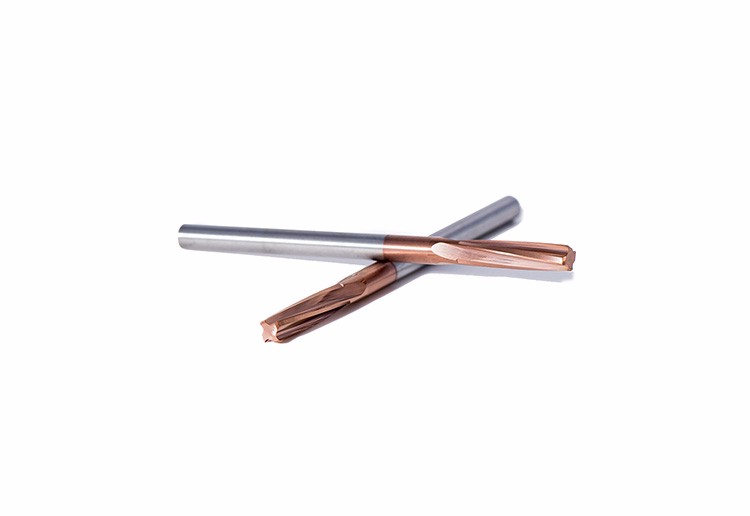
Even if the grain size is the same, there will be some other factors that affect the quality of the tool, which are hardness and transverse fracture strength. For a given substrate, hardness and transverse fracture strength are affected by cobalt content. In the past, in order to improve the toughness of cemented carbide, it is usually to increase the content of CO, the price paid is the decrease of hardness. Now, this kind of situation can be compensated by refining grains, and the bending strength of cemented carbide can be improved, which has reached and exceeded the bending strength of ordinary HSS steel, so that ultrafine cemented carbide is favored. People are gradually changing the p-type cemented carbide suitable for steel, while K-type cemented carbide is only suitable for processing non-ferrous metals such as cast iron and aluminum. The other advantage of fine-grained cemented carbide is that the cutting edge of the tool is sharp, especially suitable for high-speed cutting of sticky and tough materials.
The development of carbide twist drill material is mainly the development of fine-grained (1-0.5) and ultra-fine-grained (< 0.5) cemented carbide materials and integral cemented carbide tools, which greatly improves the bending strength of cemented carbide. It can replace high-speed steel to manufacture universal tools with a large range of small size bits, end mills and taps, and its cutting speed and tool life are far beyond that of high-speed steel.
Every tool used in high-speed machining has three important characteristics: accuracy, rigidity and service life. In the high-speed cutting mode, the requirement of machining makes the tool and its ability to withstand radial and axial forces become very important.
Tool coating
Compared with the transmission mode, high-speed cutting produces less heat, but the temperature of the incision is also more constant. Therefore, a more advanced PVD coating is required to support the blade. In most processing applications, standard coatings such as tin, TiCN and single-layer TiAlN can meet the application requirements. However, in the high-speed machining mode, in order to achieve a satisfactory tool life, coating and tools must meet higher requirements. Similar to the cemented carbide substrate, the different coating of cutting tools is often the same to the naked eye, but it is quite different under the microscope. There are many varieties of TiAlN only. Similar to the base material of carbide twist drill, the difference between the coatings is also determined by the process. In fact, more and more attention has been paid to the process. Some professional coating manufacturers even applied for patents for their process to prevent competitors from copying. From the processing point of view, the experiment has proved that the multi-layer coating is the best in the high-speed processing. Each layer of the multi-layer coating is integrated with other patented components to prevent chips in the coating from penetrating the whole coating and piercing into the substrate surface, and deflecting them to the adjacent layer. Therefore, compared with the conventional single-layer PVD coating, the tool life of multi coating will be significantly improved.
High quality cutting tools have stronger base material, specially designed geometry and more effective protective coating, which improves the service life and surface finish of cutting tools. Higher quality standards increase the initial investment of end customers, but in return, machining time is greatly reduced. When the enterprise obtains short production cycle, its product quality also has repeatability. The operator can let the machine tool run by itself.
Therefore, it's not a smart move to save costs on cutting tools. What should have been emphasized was the long-term savings in production, but often focused on the initial cost (tool) savings. Therefore, if increasing the initial investment in the cutting tool device can minimize the production cost, people can ultimately get more profits by increasing productivity.
